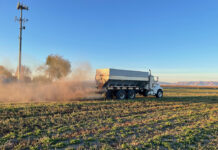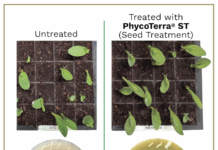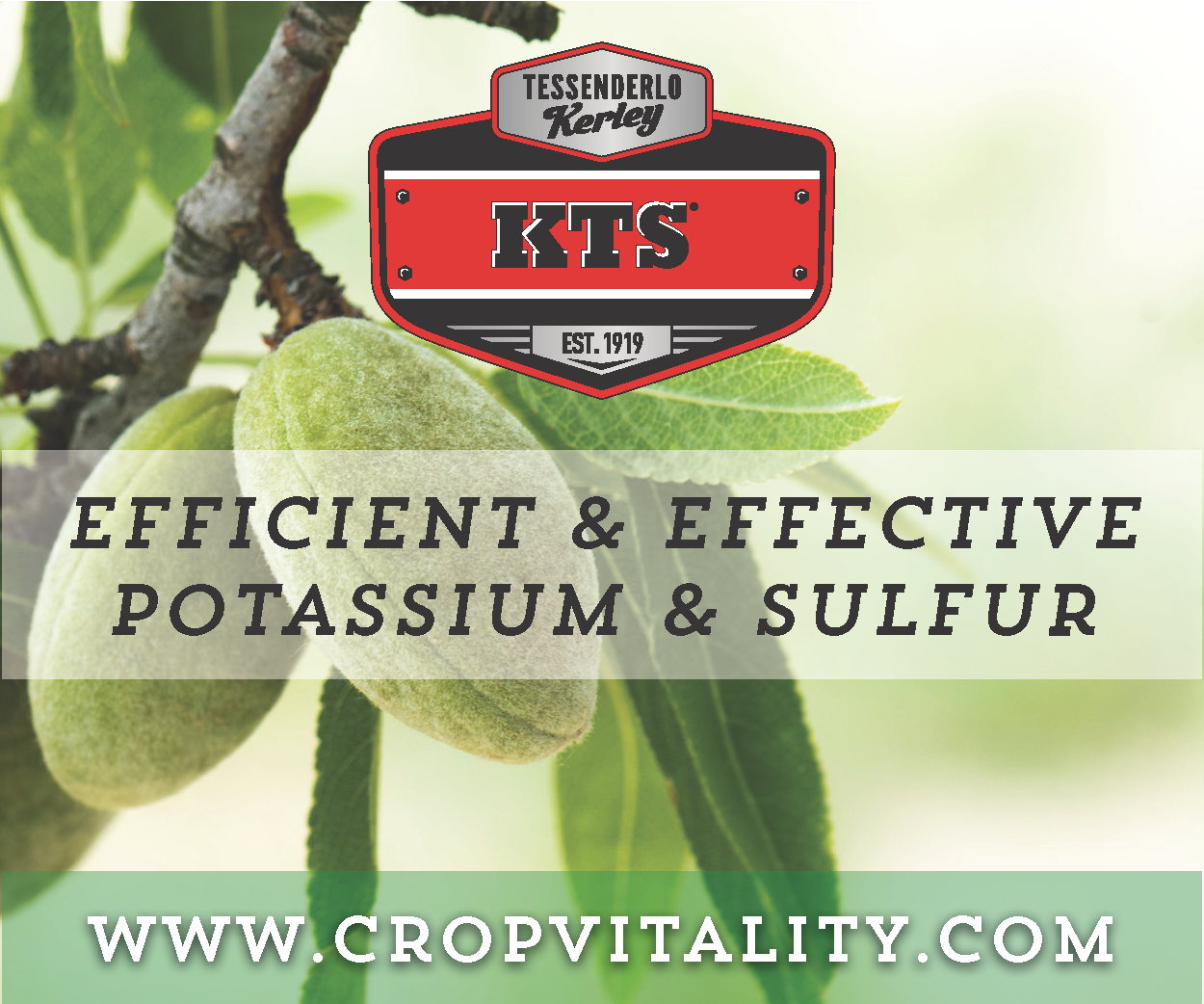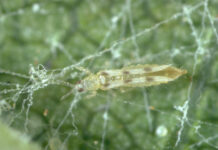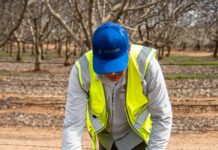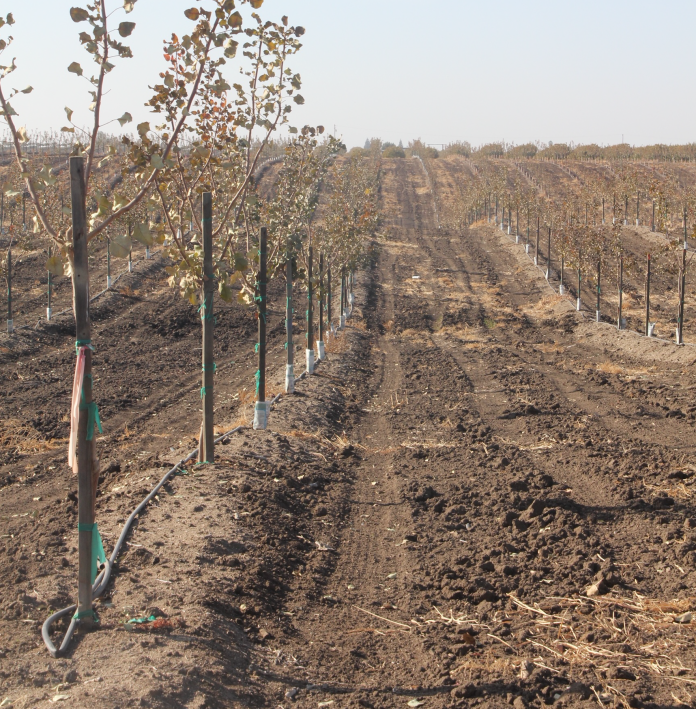
Production potential of a pistachio orchard is maximized with deep, well-drained soils, but this hardy tree nut species can also produce on marginal ground.
During the 2020 UCCE Pistachio Short Course, UCCE Nut Crops Farm Advisor Mae Culumber in Fresno County outlined considerations in site selection for pistachio production. Pistachio trees’ tolerance for alkaline and saline soils has led many orchards to be planted in less-than-ideal soils or locations.
In her presentation, Culumber noted that site selection for an orchard should begin with understanding pistachio life cycle, water use, rooting characteristics, tree spacing and canopy structure as well as harvest requirements and field traffic.
Evaluation of the potential orchard site should include land cost, soil texture, drainage, chemistry and amendments. Development considerations include the cost of land leveling as well as irrigation system installation, energy requirements, pressure, filtration and maintenance. Distribution patterns and the necessary irrigation set frequency should also be evaluated. A UC publication that includes sample costs to establish a pistachio orchard can be found at coststudies.ucdavis.edu/en/current/.
When considering a site, Culumber said that cost of a soil evaluation represents only a small portion of total orchard development costs, but the information will be valuable in terms of management decisions. Soils should be evaluated for structure, permeability, stratification, drainage and salinity/fertility. The UC Soil Resource lab and the SoilWeb Earth in Google Earth provide a range of soil information including historical images of past crops at the site and their effect on the site and the soil. Assessment of historical images of the site can reveal if the ‘problem’ is soil or management related. Culumber noted that online survey data might not match ground observations due to the scale of the surveys and the influence that agriculture land management and irrigation can have on salinity levels.
On-site observations are the best means of determining conditions that will reduce tree performance.
Characterization of the soil profile can be accomplished by digging backhoe pits or auguring. Samples should be taken at several depths from at least one backhoe pit to six feet for each 40 acres in one soil type identified with web soil survey tools. Depths of layers, texture, lime, hardpan, rooting and drainage should be recorded, which will help in choosing equipment for land modification and amendments for reclamation if needed.
Permeability of soils can be improved by deep ripping prior to planting, using calcium supplying amendments, adding organic matter and planting cover crops. Choosing an irrigation system that matches the water infiltration rate is also important to establish and maintain tree health.
Soil and water samples should be submitted to a certified ag lab to determine salinity levels. Long-term productivity may be impacted if the water source is 4.5 to 6 dS/m EC. Salt increases osmotic potential, costing plants energy and interfering with water uptake.



